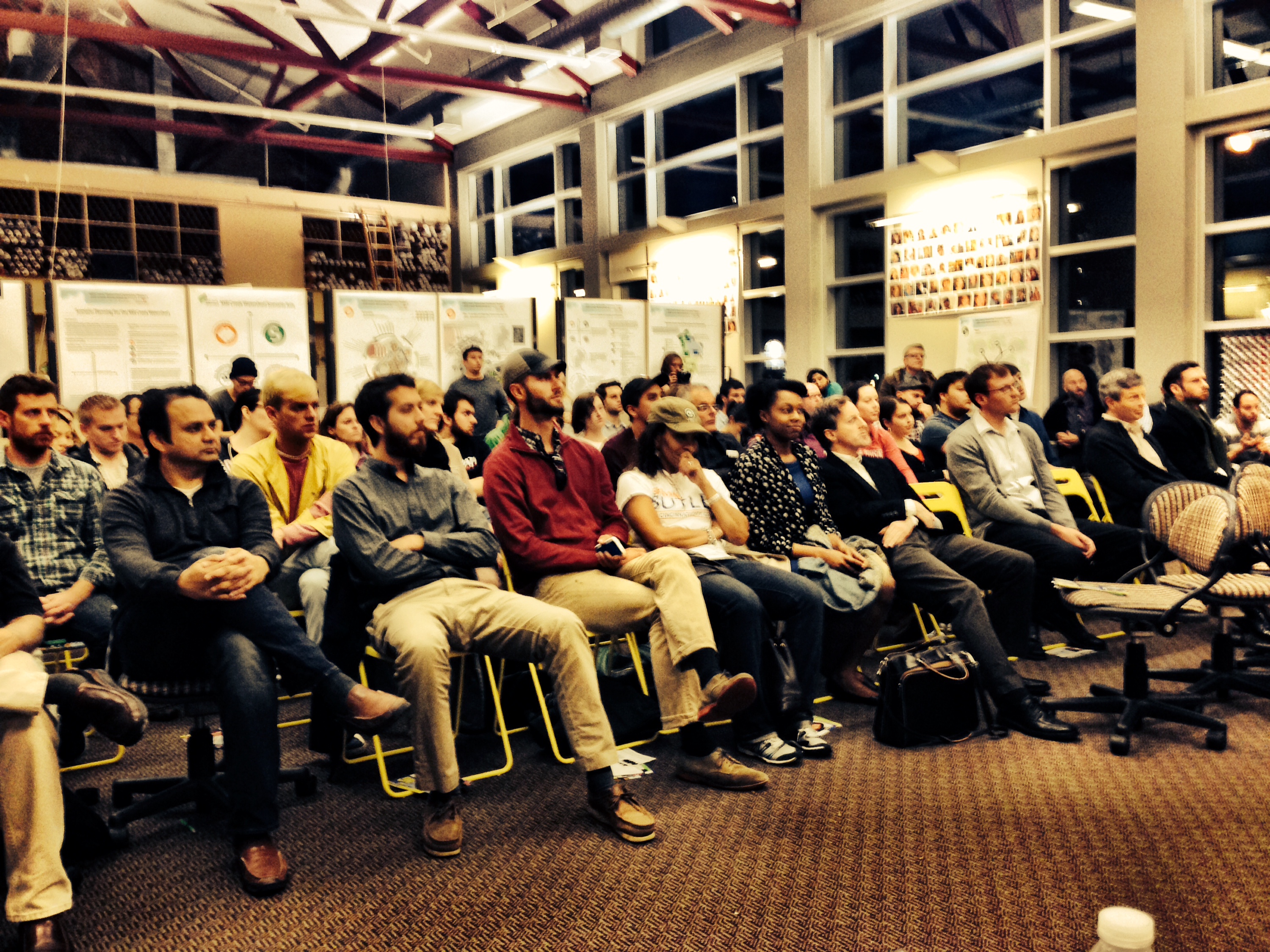This past Wednesday we collaborated with the Niehoff Studio to host our first Urbanists Council Candidates Forum. The event drew a large group of young professionals and university students as 10 City Council candidates answered several questions about urban design, immigration, transportation and land use policy.
The first question outside of general introductions involved the candidates stance on immigration and what the city could do to attract new populations. These issues had been discussed before in our podcast on immigration. In general the candidates deferred to national policy including the immigration however some candidates pushed for an effort to increase bilingual signage.
The second question asked candidates about updating the regional mass transit plan. The plan, commonly known as MetroMoves, went to a vote in 2002 for funding through a sales tax increase. The tax failed that year and plans moved forward for the streetcar portion of the plan since the tax was widely supported within the city limits.
Video by Andrew Stalhke for UrbanCincy and Niehoff Urban Studio.
Candidates took the opportunity to use the question to elaborate on their positions regarding the streetcar. Candidate Greg Landsman (D) reiterated his views on the streetcar from the op-ed published on UrbanCincy a few months ago, and mentioned that both an extension of the streetcar and the implementation of a regional transit system will require support from the private sector. P.G. Sittenfeld (D) said he would support a larger plan than the current system being constructed.
Candidate Melissa Wegman (R) responded by calling for more road connections to the west side and better highways. Councilmember Laure Quinlivan (D), meanwhile, called for the development of a comprehensive multi-modal system that includes more bicycle infrastructure.
The remaining candidates were asked about upgrading Union Terminal for inter-city passenger rail service. Councilman Wendell Young (D) provided a very in-depth response citing the conditions of the terminal and the freight companies that would need to be engaged in the discussion.
Three audience members also asked questions ranging from metro government, public safety to developing a sense of community.
Attendees said they came away feeling more informed about making decisions about candidates.
“I’m encouraged that public transportation has become a pivotal point for a lot of the candidates and I am encouraged by a lot of their answers,” AJ Knee, a UC student pursuing his Masters Degree with the School of Planning told UrbanCincy, “It was very helpful to have this kind of community engagement.”
It has long been a priority of UrbanCincy to better engage young people in the public policy discussions affecting their future. The large, predominately young turnout in Corryville is evidence that young people are becoming increasingly involved. For the 10 candidates that participated in our first Urbanist Council Candidates Forum last week, let’s hope your message resonated with those young urbanist voters.
